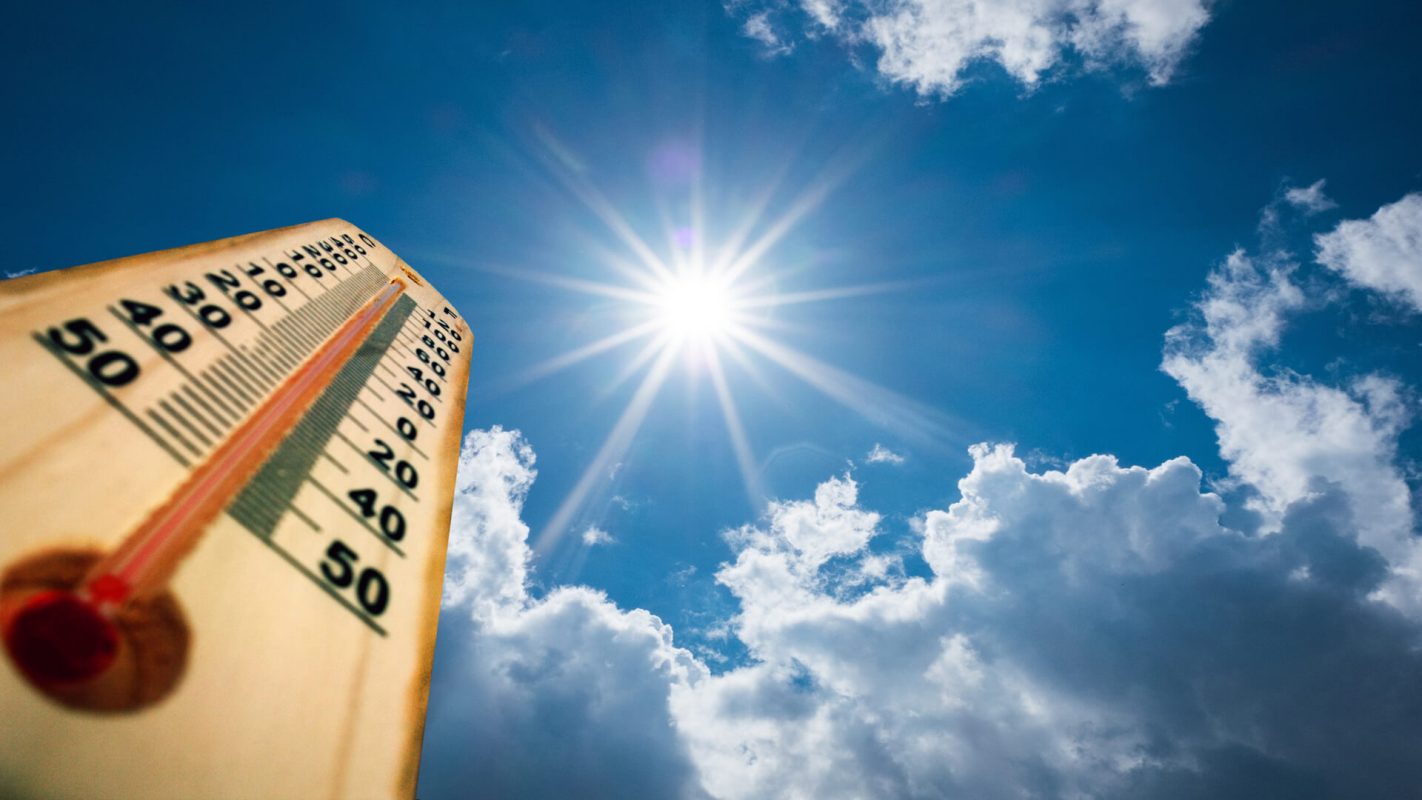Why does it feel like walking through hot soup when you step outside in the summer? The heat index can help to explain.
What is the heat index?
Meteorologists used relative humidity and temperature to develop the heat index, also known as the apparent temperature or the felt air temperature.
Basically, the heat index explains what the temperature feels like to our bodies.
For example, an area with a temperature of 88°F and relative humidity of 85% sounds bearable or possibly even a little uncomfortable. But the heat index chart created by the National Weather Service indicates this would feel like 110°F and categorizes these conditions as dangerous.
The role of humidity in the heat index
Humidity partially determines the heat index and how conditions outside feel.
When it is hot outside, our bodies sweat, and body heat evaporates the sweat off our skin. Evaporating sweat is what reduces our body temperatures, because heat escapes with the water. And this evaporation is key to cooling our bodies when it's hot.
When the air around us is moist (relative humidity is high), sweat doesn't evaporate as well because the moist air can't absorb as much moisture. Which is why the human body feels warmer in more humid conditions.
Humidity is so influential to the apparent temperature and heat index that low relative humidity can make the air feel colder than the actual temperature.
The air can hold more moisture as temperatures rise, increasing humidity. When sweating doesn't work as well at bringing down body temperatures our heat-related risks go up, which is why the heat index indicates these conditions as more dangerous.
What is a wet bulb temperature?
The wet bulb temperature indicates the lowest temperature a body can reach via sweating under specific conditions.
It is measured by covering a thermometer with a water-soaked cloth as air passes over it. The temperature will reduce as water from the cloth evaporates — just as body temperatures reduce after sweat evaporates.
Understanding wet bulb temperatures is crucial in preventing heat-related illnesses. The dampness in the cloth mimics a body sweating and thus describes external conditions more relative to the heat limits of the human body. Wet bulb temperature is critical to monitoring intense physical activity outside because sweating alone is not enough to maintain body temperature in a safe range.
Web bulb temperatures are dangerous at and above 90ºF (32ºC), because it can feel like 130ºF, if you were using the heat index. This wet bulb temperature is even more unsafe for disabled people, the elderly, children, and laborers, or houseless people that spend prolonged periods outside. A dangerous potentially fatal wet bulb temperature is anything that is or exceeds 95°F (35°C). Wet bulb temperatures of 95ºF can feel like 160ºF on the heat index!
Important distinctions
As average temperatures rise across the globe, more extreme heat events such as heatwaves are expected.
It's important to understand the differences between temperature, the heat index, and wet bulb temperatures because these measurements signify very different things for our health.
Wet bulb temperature is similar to the heat index because it also indicates threat levels for outdoor activities. These measurements differ in their application: wet bulb temperatures apply to prolonged physical activity in direct sunlight, whereas the heat index only applies to shady locations.
The National Weather Service uses heat indices as the basis for excessive heat warnings across large areas. Wet bulb temperatures are not as widely used but are still crucial to measuring safety on an individual level and per location.
When either the heat index or wet bulb temperature is high, it is vital to protect yourself and ensure vulnerable populations are safe, too.
Wear sun-protective clothing like hats and light-colored, loose-fitting clothing.
If you are engaging in strenuous outdoor activities, take frequent breaks in shaded areas.
Drink plenty of fluids, even when you do not feel thirsty, and avoid coffees and alcoholic beverages. And if you can, check in with and offer water or a cool place to vulnerable people.
Follow The Cool Down on Instagram and TikTok.








